Human Digestion Worksheet and Answers
The Human Digestion Worksheet and Answers provide a comprehensive learning resource for students studying the intricacies of the human digestive system. This worksheet is designed to engage students with interactive activities and thought-provoking questions that focus on key concepts and processes within the digestive system. Whether you are a biology student looking to deepen your understanding of the human body or an educator seeking effective teaching materials, this worksheet is a valuable tool for enhancing knowledge and comprehension in the subject of human digestion.
Table of Images 👆
- Human Digestive System Worksheet Answers
- Digestive System Worksheets and Answers
- Digestive Enzymes Worksheet
- Digestive System Worksheet
- Digestive System Worksheet Answers
- Digestive System Diagram Worksheet Answers
- Human Digestive System Worksheet
- Digestive System Concept Map Answer Key
- Human Digestive System Parts
- Simple Diagram Digestive System
More Other Worksheets
Kindergarten Worksheet My RoomSpanish Verb Worksheets
Cooking Vocabulary Worksheet
DNA Code Worksheet
Meiosis Worksheet Answer Key
Art Handouts and Worksheets
7 Elements of Art Worksheets
All Amendment Worksheet
Symmetry Art Worksheets
Daily Meal Planning Worksheet
What is the purpose of digestion?
The purpose of digestion is to break down food into smaller molecules that can be absorbed by the body to provide nutrients and energy for cell functions, growth, and repair. This process involves mechanical and chemical breakdown of food, absorption of nutrients, and elimination of waste products.
What are the main organs involved in digestion?
The main organs involved in digestion include the mouth, esophagus, stomach, small intestine, liver, gallbladder, and pancreas. These organs work together to break down food into nutrients that can be absorbed by the body for energy and other essential functions.
What is the role of saliva in the digestive process?
Saliva plays a crucial role in the digestive process by moistening food, making it easier to chew and swallow. It contains enzymes, such as amylase, that begin the breakdown of carbohydrates in the mouth. Saliva also helps protect teeth by neutralizing acids and washing away food particles, contributing to overall oral health.
How does food move through the digestive system?
Food moves through the digestive system in a process called peristalsis, where muscles in the walls of the digestive tract contract and relax, pushing food forward. It begins in the mouth where chewing and saliva start breaking down food, then travels down the esophagus to the stomach where acids and enzymes further break it down. From there, it moves to the small intestine where nutrients are absorbed, then to the large intestine where water is absorbed and waste is formed before being expelled from the body.
What are the functions of the stomach in digestion?
The stomach plays a vital role in digestion by secreting gastric juice, which contains hydrochloric acid and enzymes that break down food into chyme, a semi-liquid mixture. It also serves as a reservoir for food, allowing for controlled release into the small intestine for further digestion and absorption of nutrients. Additionally, the stomach helps to kill harmful bacteria in ingested food and initiate the digestion of proteins through the action of enzymes like pepsin.
How are nutrients absorbed in the small intestine?
Nutrients are absorbed in the small intestine through a combination of passive diffusion, facilitated diffusion, active transport, and endocytosis. The walls of the small intestine are lined with small finger-like projections called villi and microvilli, which increase the surface area for absorption. Nutrients such as carbohydrates, proteins, fats, vitamins, and minerals are absorbed into the bloodstream through the walls of the small intestine and then transported to cells throughout the body for various metabolic processes.
What is the role of the liver in digestion?
The liver plays a crucial role in digestion by producing bile, which is a digestive fluid that helps break down fats in the small intestine. Bile also aids in the absorption of fat-soluble vitamins. Additionally, the liver filters and processes nutrients, toxins, and waste products from the bloodstream to maintain overall balance in the body.
How does the pancreas aid in digestion?
The pancreas aids in digestion by producing digestive enzymes that help break down carbohydrates, proteins, and fats in the small intestine. These enzymes are released into the small intestine to further break down food particles so that nutrients can be absorbed by the body. Additionally, the pancreas also produces and releases bicarbonate to neutralize the acidic chyme from the stomach, creating an optimal environment for the digestive enzymes to work effectively.
What happens to waste materials in the large intestine?
In the large intestine, waste materials undergo the process of absorption of water and salts, resulting in the formation of feces. The feces are then stored in the rectum until they are expelled from the body through the process of defecation.
How is the digestive system regulated by hormones?
The digestive system is regulated by hormones through the release of hormones such as gastrin, secretin, and cholecystokinin. These hormones are produced by specialized cells in the stomach, small intestine, and pancreas in response to the presence of food. They help in controlling various functions of the digestive system, such as stimulating gastric acid secretion, pancreatic enzyme release, and bile production, as well as regulating the movement of food through the digestive tract. Additionally, hormones like ghrelin and leptin help in regulating hunger and satiety signals, influencing the overall digestive process.
Have something to share?
Who is Worksheeto?
At Worksheeto, we are committed to delivering an extensive and varied portfolio of superior quality worksheets, designed to address the educational demands of students, educators, and parents.

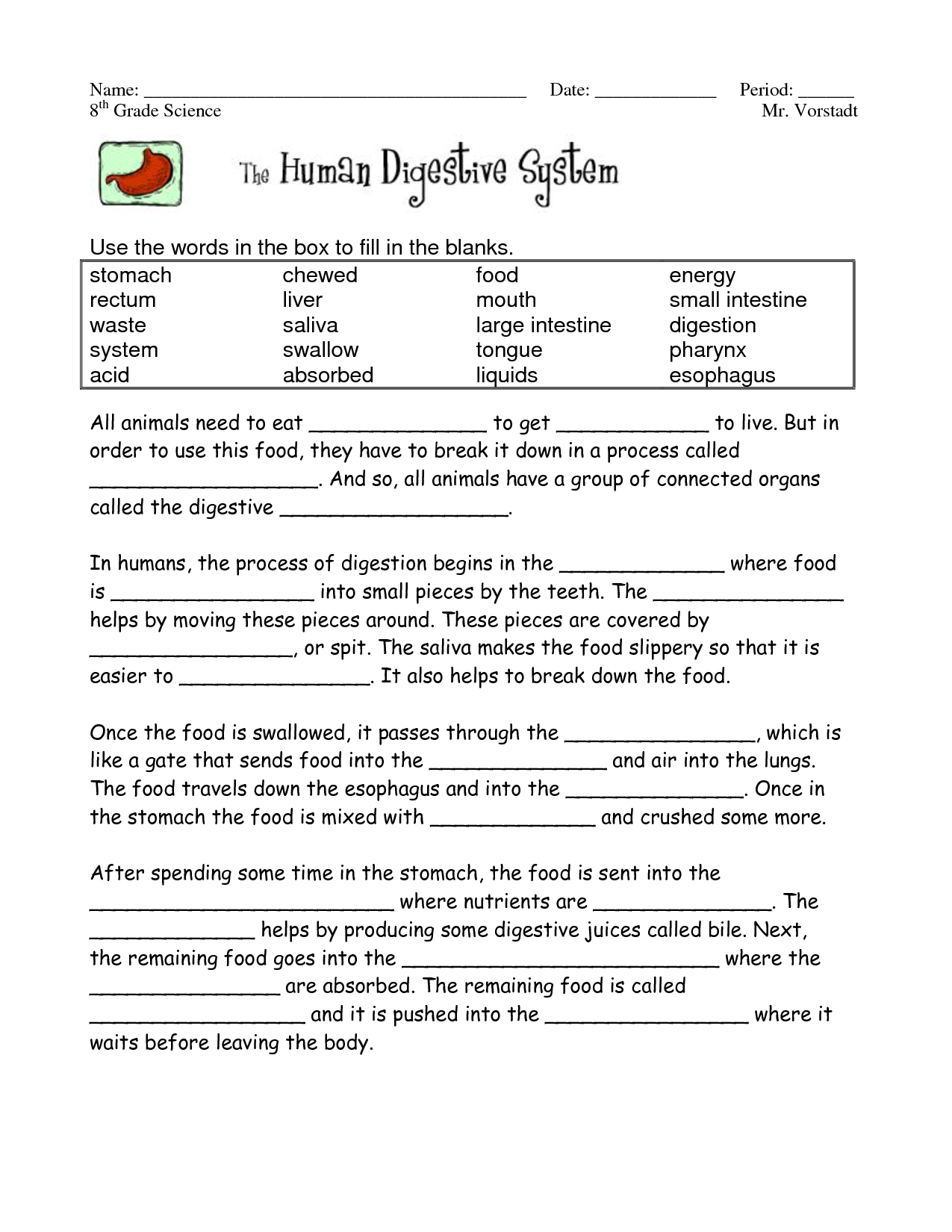



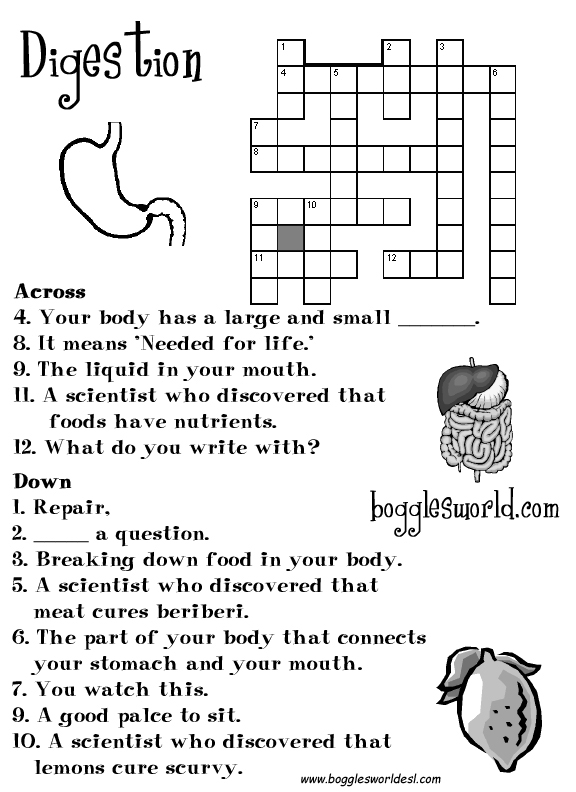
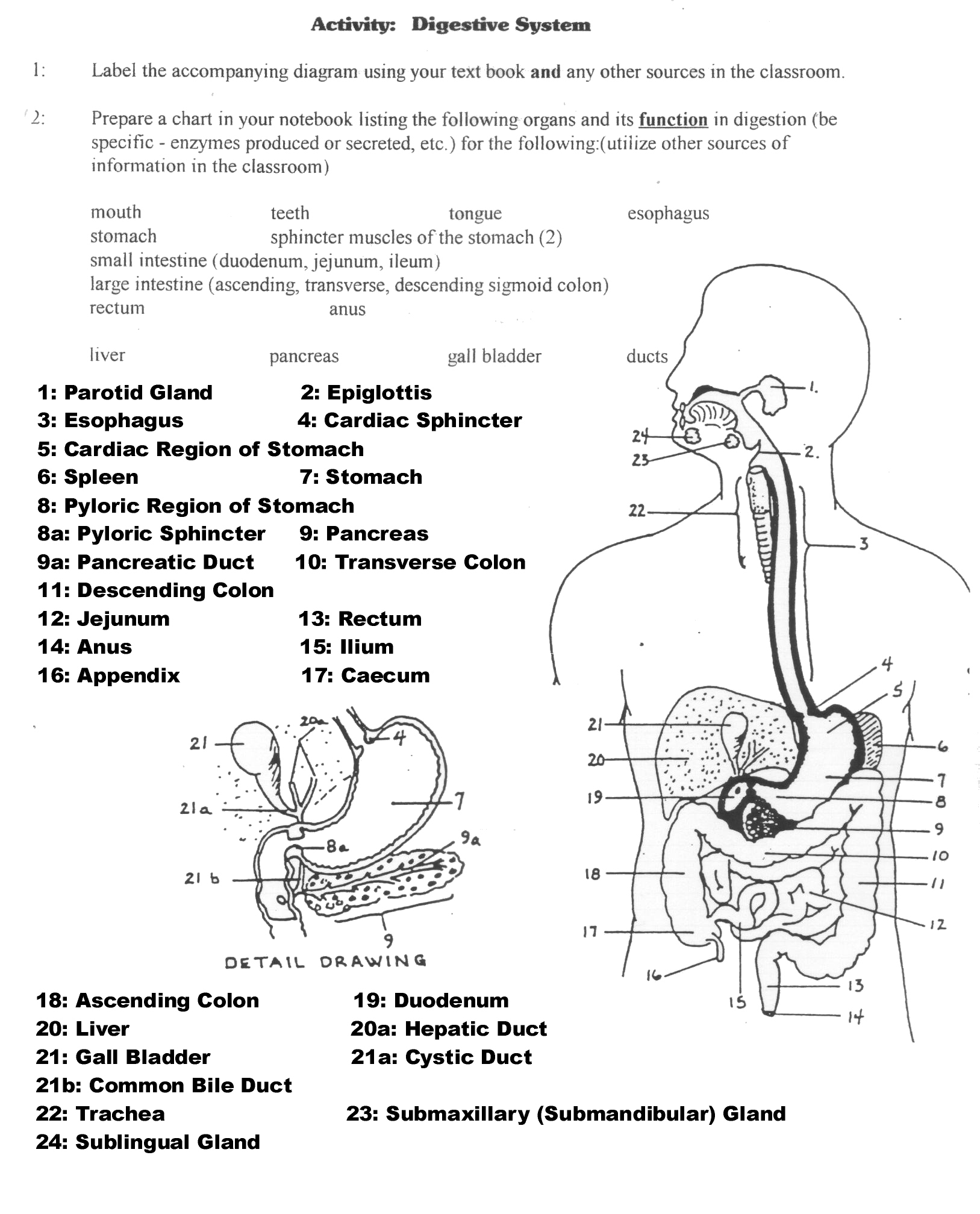
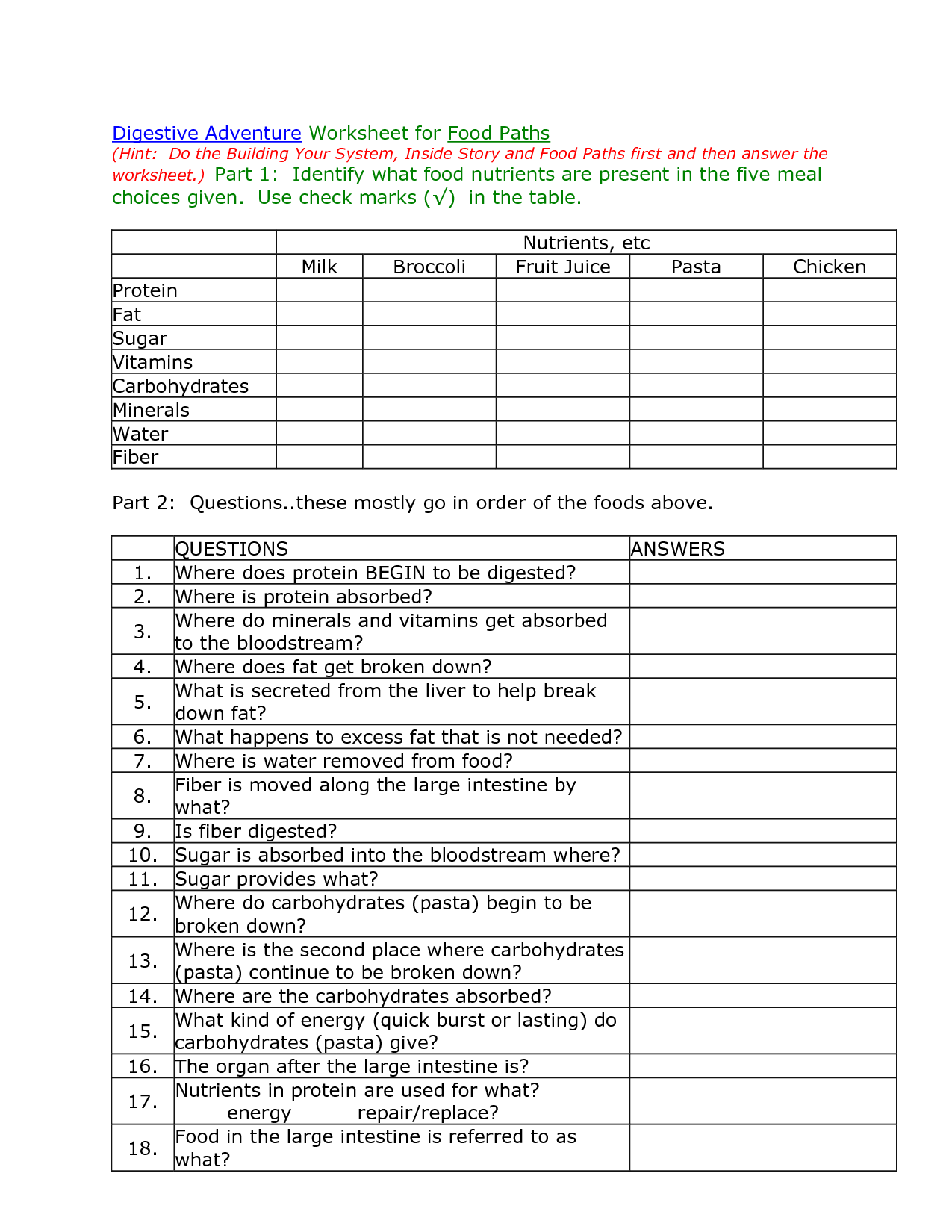
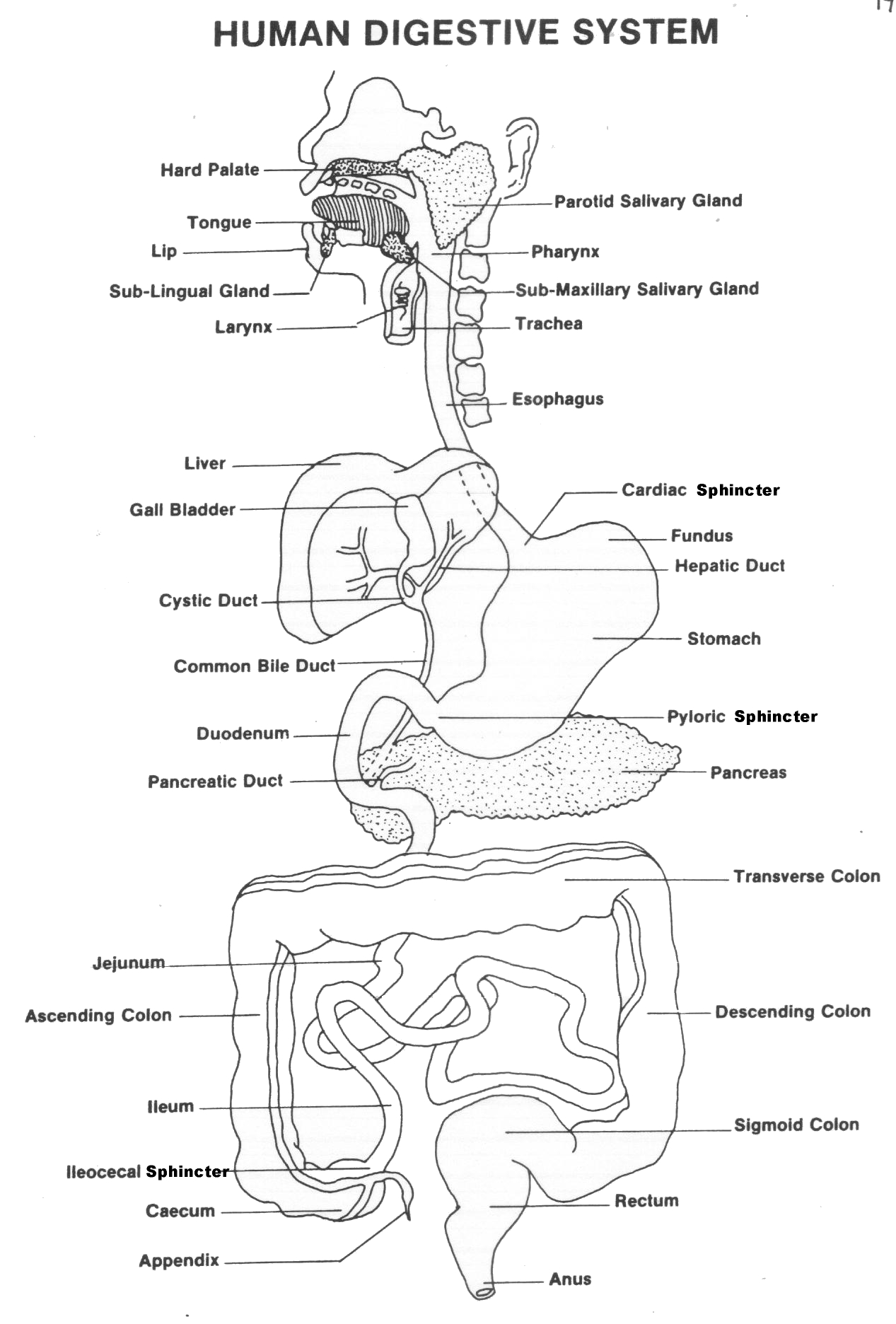
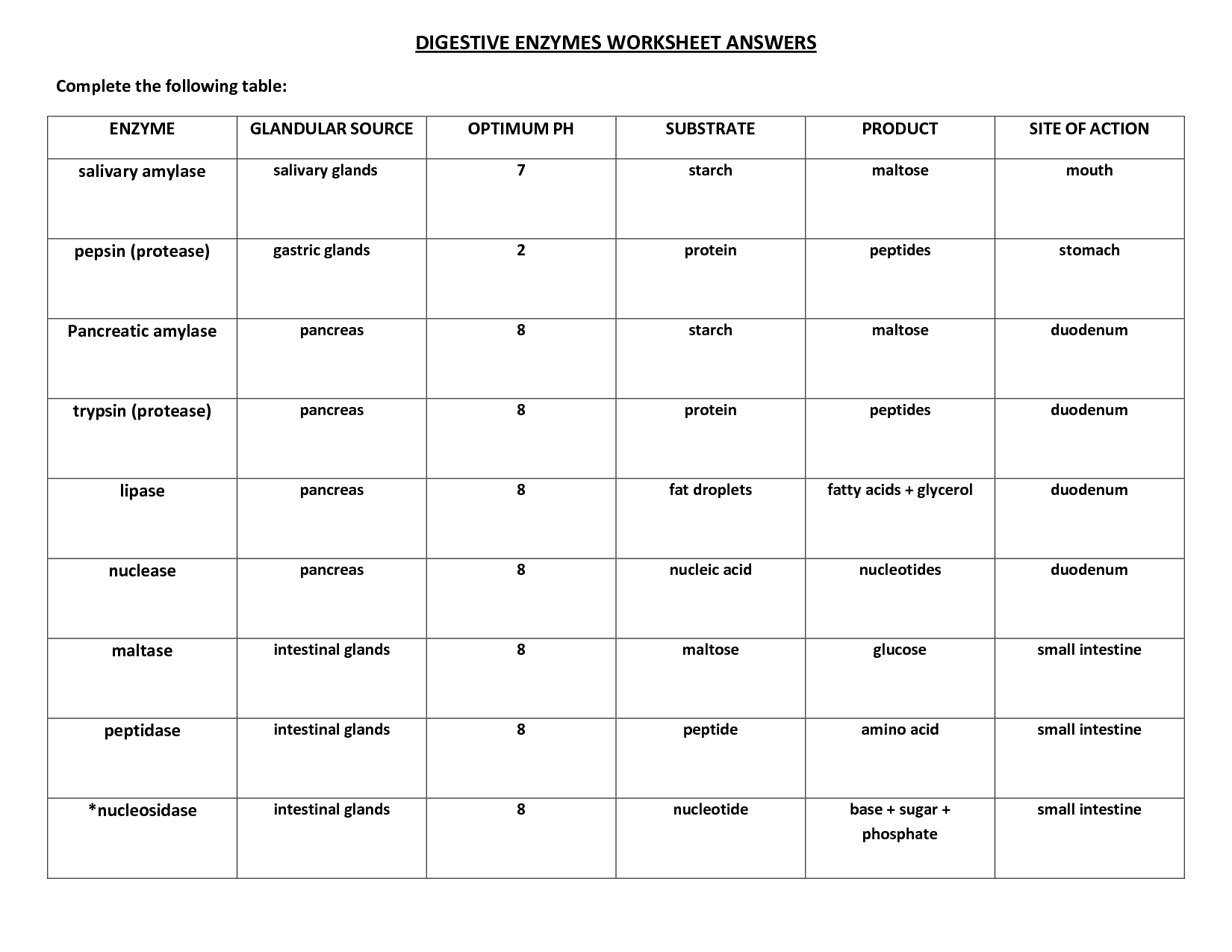
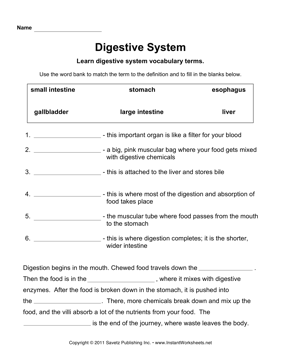

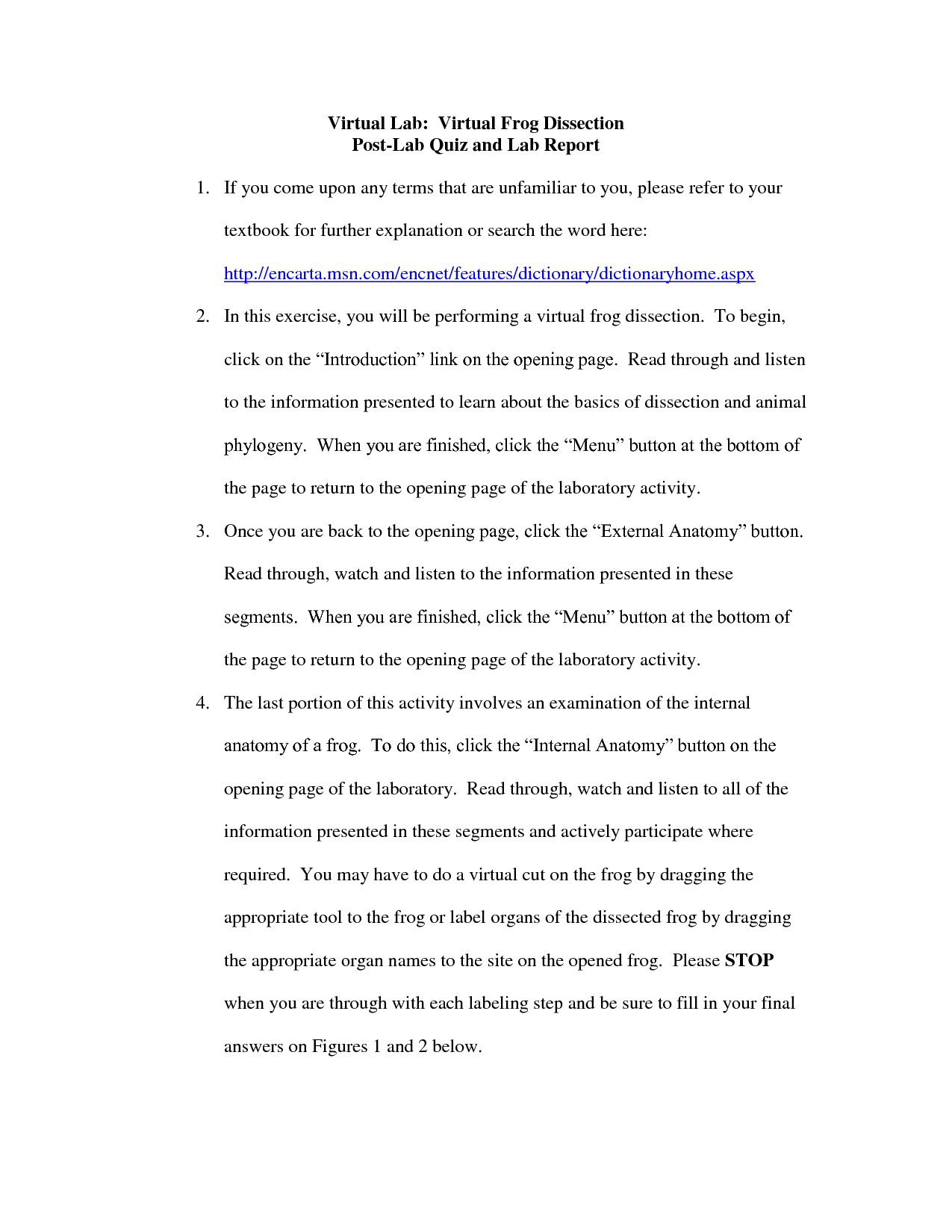
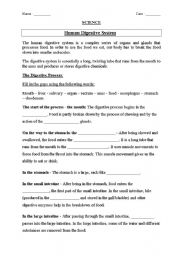

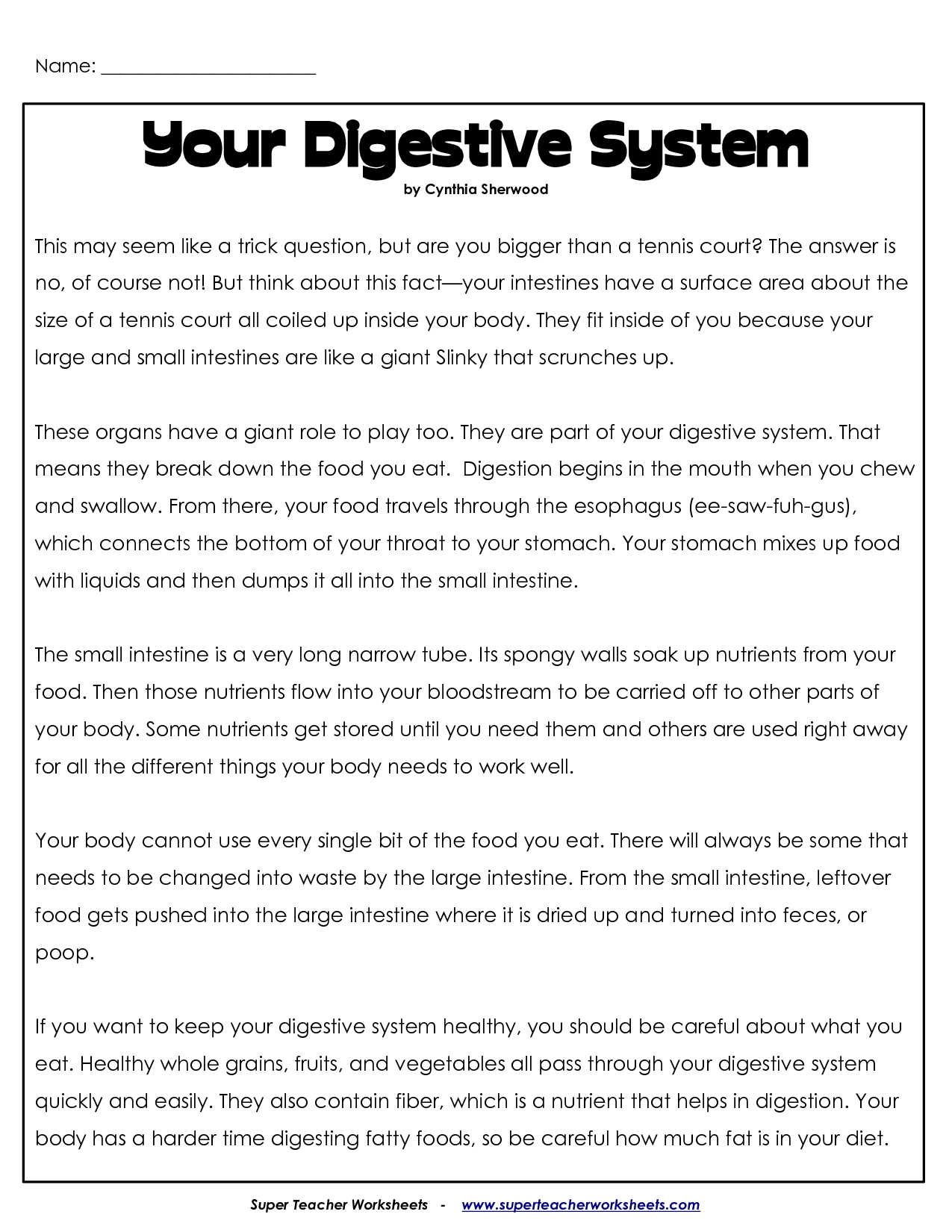
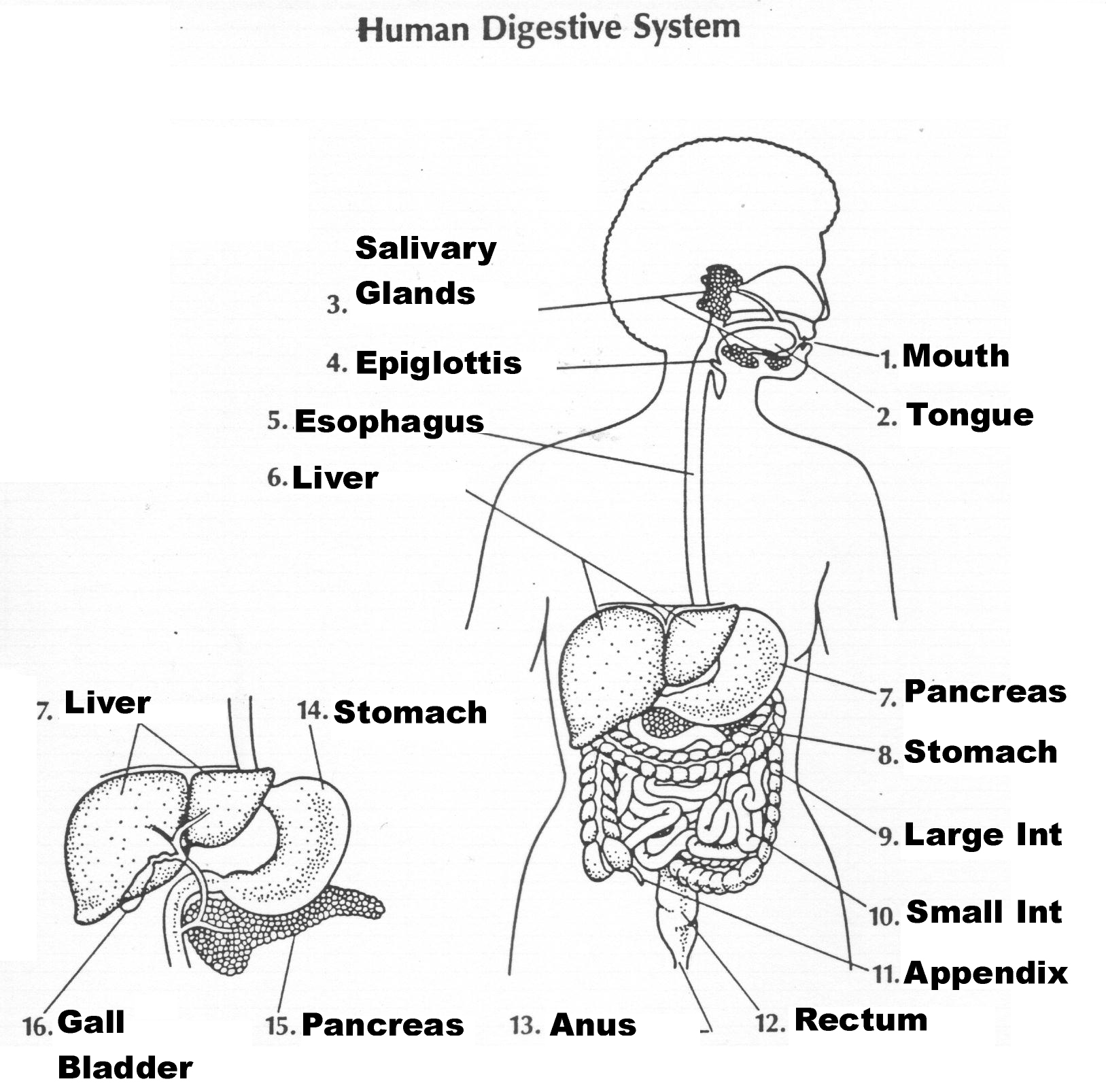
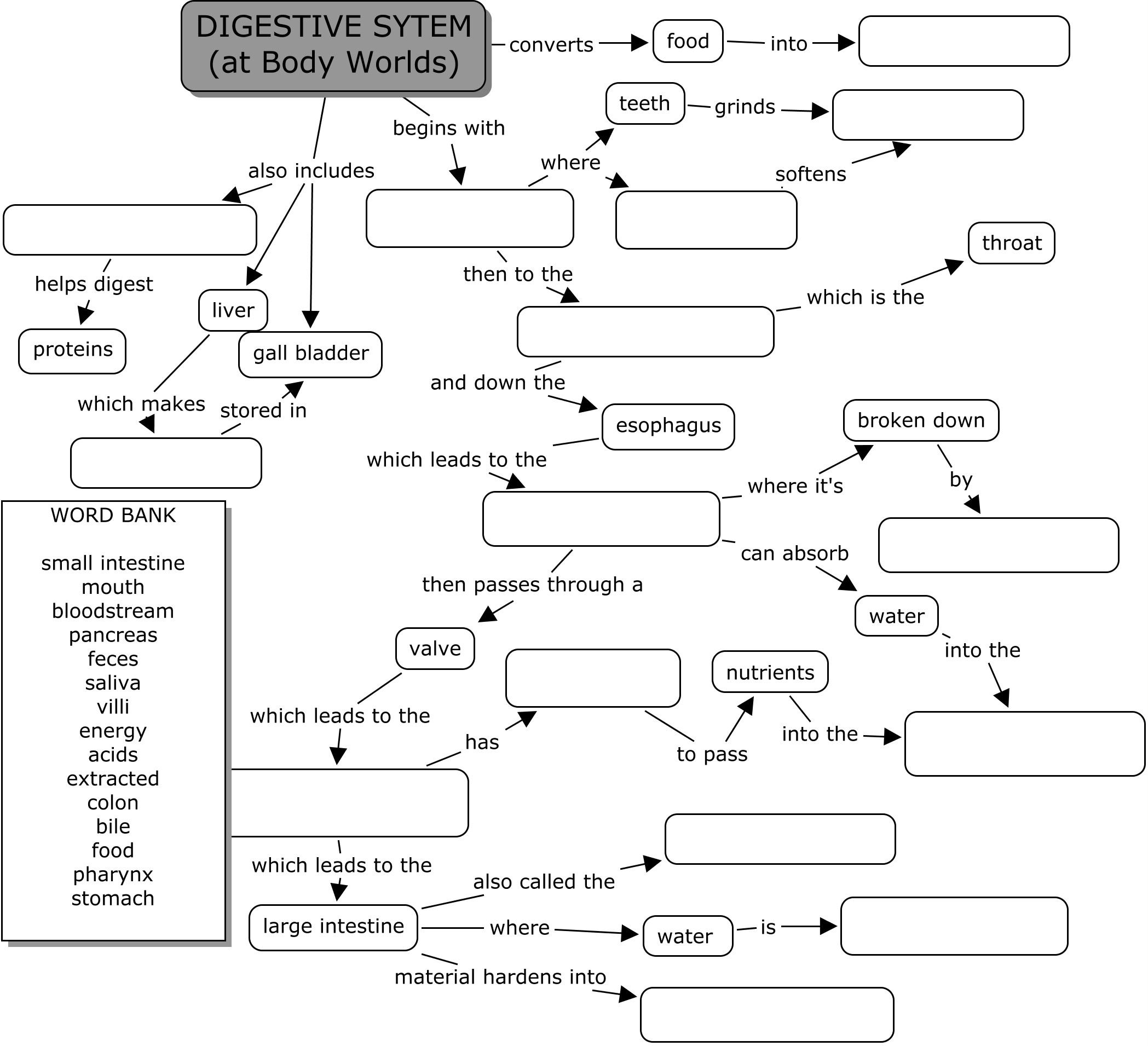
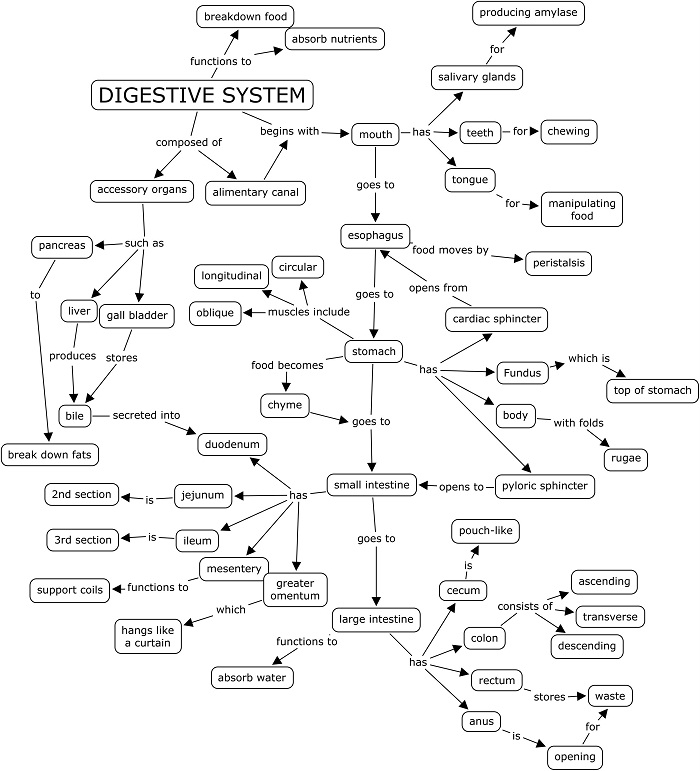

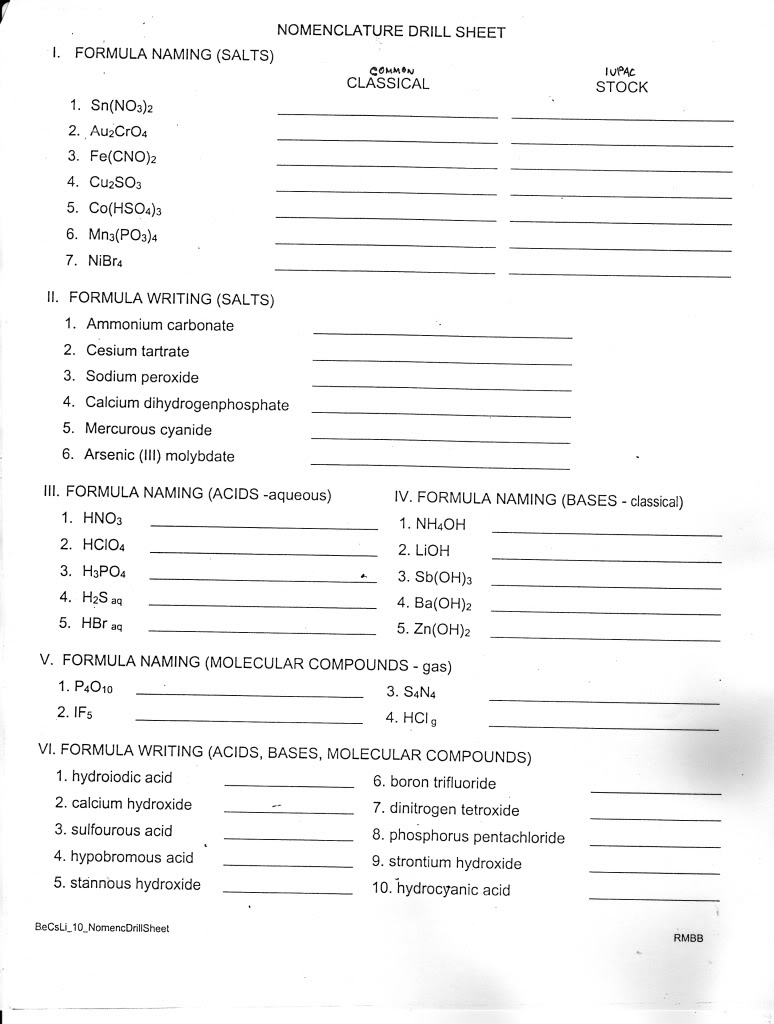
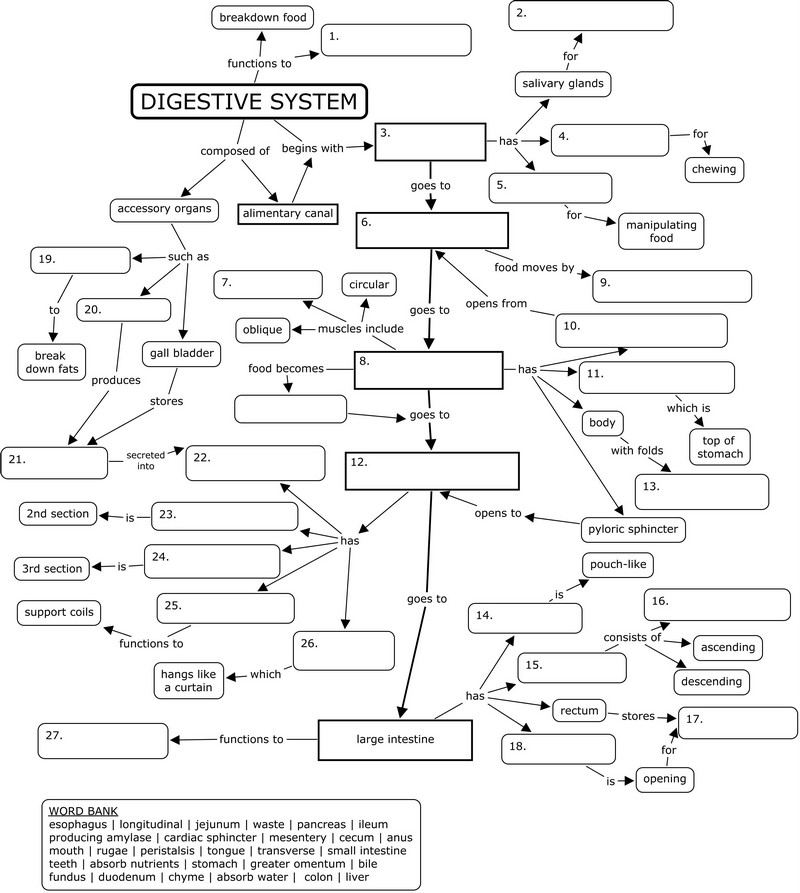














Comments